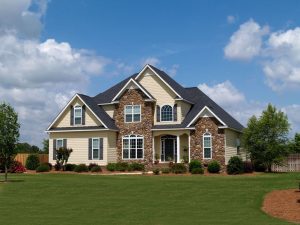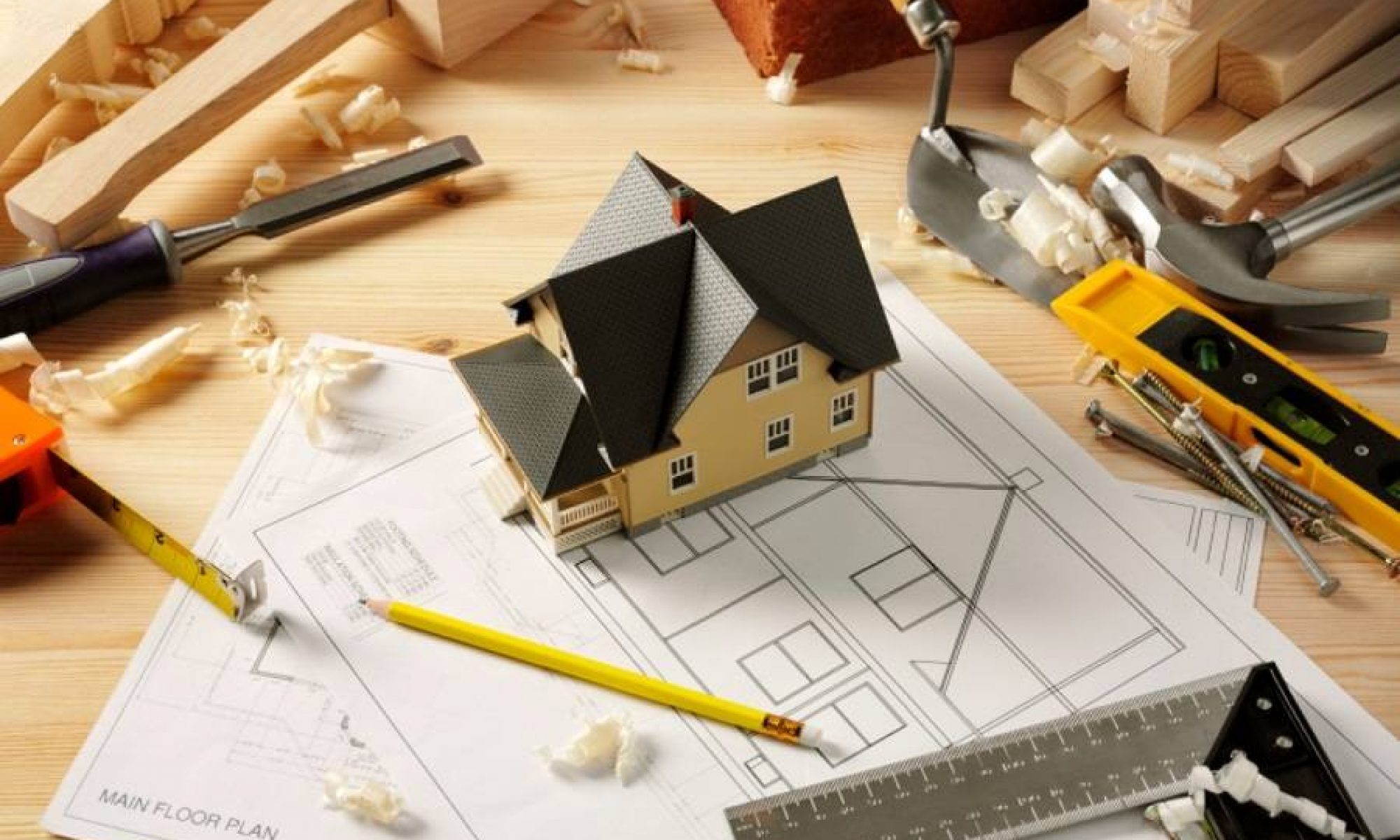
The facade reflects the owner’s preoccupation for the exterior of their house, as well as their aesthetic appeal. Whoever looks at your home first sees the facade and immediately gets an impression on how good of a householder you are. That is why the facade planning should remain a priority, whether you build your house or just renovate it.
The main requirement is to determine what material you are going to use for siding, considering that this aspect will blend your aesthetic preferences with practical necessities. The aspect is very important, but so is the resistance to external factors. According to Centennial roofers, here are some materials that meet these requirements.
- Natural stone siding
A facade made of natural stone is our first recommendation. This material has only advantages. A combination of colors and textures you no longer find in any other material will create an elegant aspect. Thermal insulation of houses sided with natural stone is excellent. Protection against moisture penetration is ensured at the highest parameters as well. The durability of the natural stone sidings well as the resistance to environmental factors, ultraviolet radiation and freeze-thaw cycles are remarkable. Here are some examples of natural stones that can be used to build a great facade for your house: travertine, slate, marble, sandstone, limestone etc.
- Brick siding
A material often used in construction since ancient times, brick is durable and also looks great as siding material. The traditional brick (16×8 cm and 5 cm thick) is a good option for siding your home, both due to its aesthetic and practical qualities.
- Wood siding
Wood is easier to process than stone and, coming from the natural environment, it has consistently found its use in construction and design projects, over the centuries. Its warm vibrations, workability, resistance and thermal insulation have been long appreciated. At the same time, wood has some disadvantages: it burns, it is sensitive to the action of insects, moisture and sun exposure and thus requires special treatment and maintenance.
- Decorative plaster for special facades
Decorative plaster is another great siding material, suitable for different types of walls and able to create various effects. It is usually a part of a thermal insulation system, so it depends on the chosen insulation. As such, for walls insulated with expanded polystyrene, an acrylic or mineral decorative plaster is suitable, while for those insulated with in mineral wool, a silicate plaster is a good option. Decorative plaster siding looks good and fulfills a well-defined role. If it is professionally executed, its appearance is very resistant and withstands environmental factors.
- Vinyl siding
This siding material is the simplest and cheapest. A variety of colors and textures make it possible to achieve incredible, bright and creative effects. Vinyl siding provides excellent weather protection, installation and maintenance are easy, overall costs are significantly lower than in the case of other materials and it also cuts some cooling and heating costs, by preventing heat loss (installing vinyl siding actually makes you eligible for energy tax credits).
